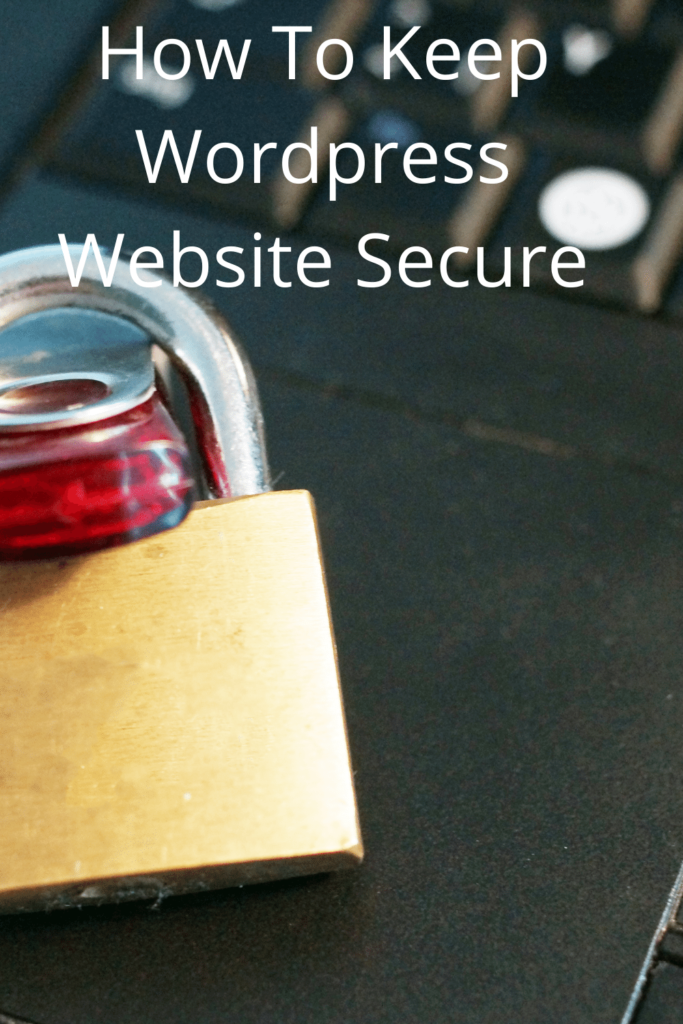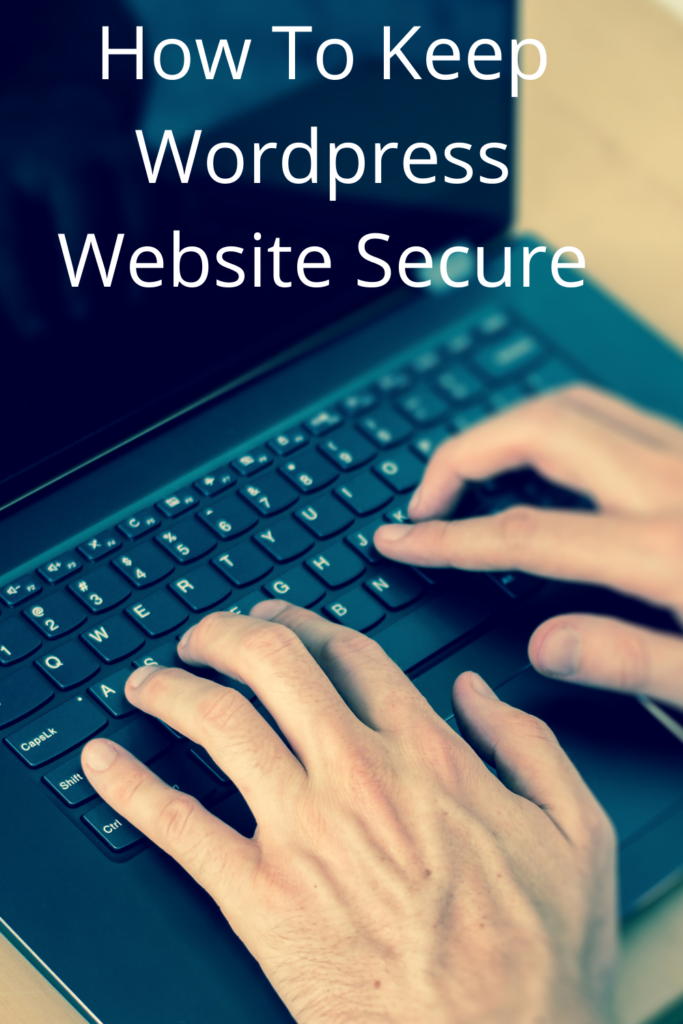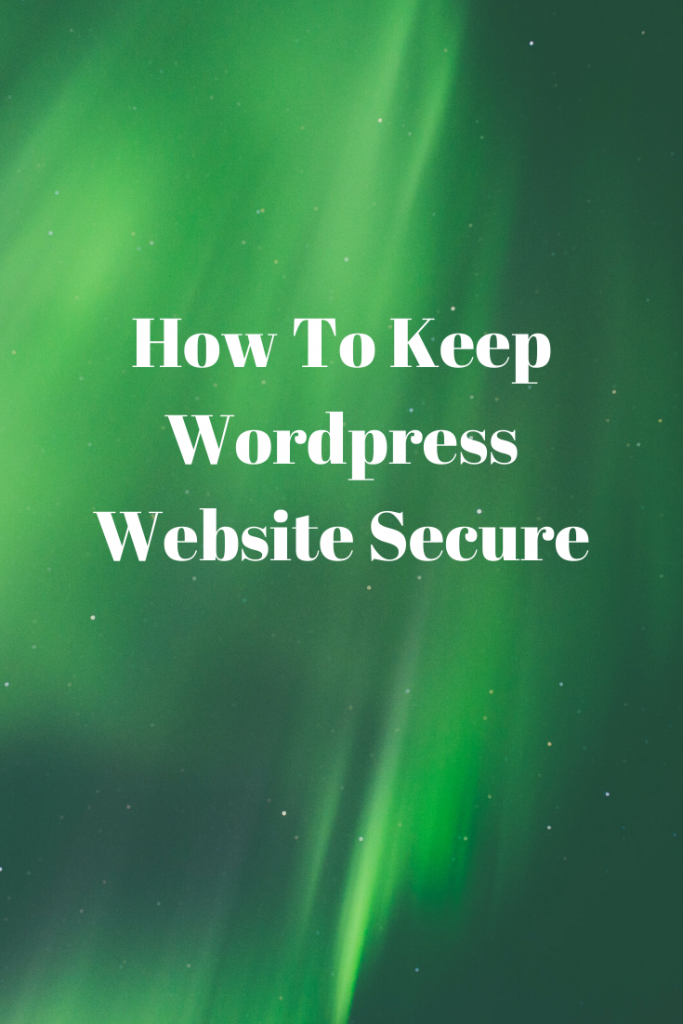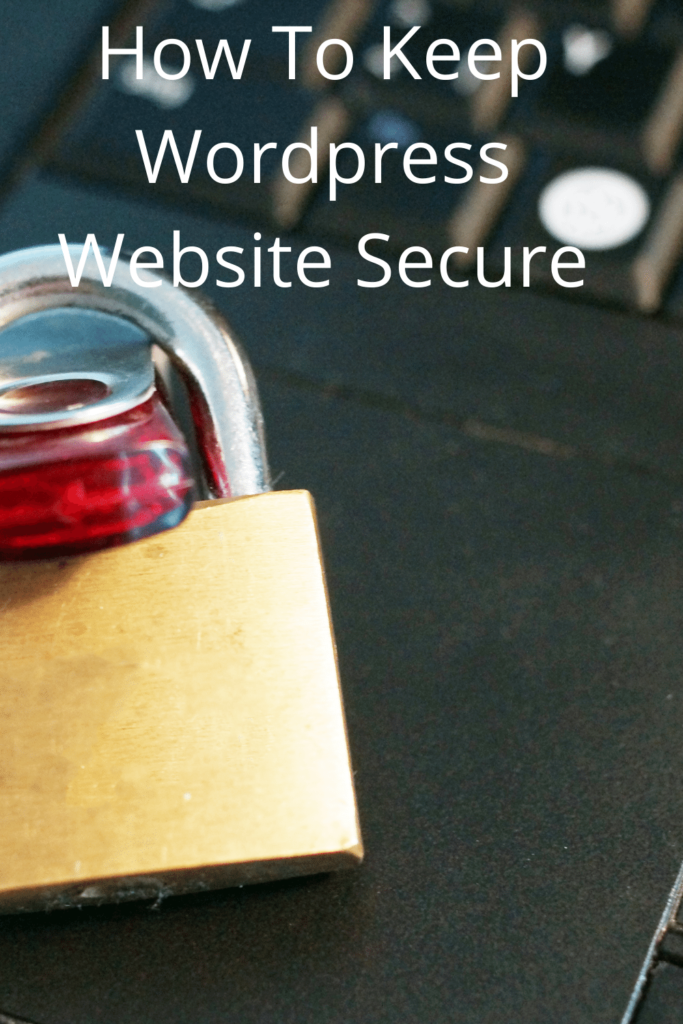How To Keep WordPress Website Secure Tips and Tricks

Building a WordPress site without taking adequate security measures is like building a house without installing doors, windows, and other security features. You leave yourself open to attack, and destruction from malicious invaders.
A hacked website can seriously hurt your business revenue and reputation, compromise user data, and passwords.

In the worst-case scenario, you might find yourself paying ransomware to regain access to your WordPress site.
You’re susceptible to these attacks, and it doesn’t matter if you’re running a personal blog, a small or a big business site,
For that reason, we will list 4 top strategies on how to keep the WordPress website secure and protect your business against the marauding hackers.
1. Choose a Reputable Hosting Provider
The security of your business begins with selecting a reliable hosting company for your WordPress site.
Most beginners in an effort to minimize cost make the grave mistake of choosing a cheap hosting provider that is anything but reliable.
Your servers are where your site files and information are housed so, your hosting provider must be capable of providing the needed security and backup in case of attacks.

Reputable hosting companies like Bluehost and Siteground have security measures against common attacks, and they have reasonable prices on their shared hosting plans so you can enjoy cheaper rates without compromising your site’s security.
2. Buy an SSL Certificate

If you’re yet to get an SSL certificate for your WordPress site, we suggest you do so immediately! Why? Because when users exchange information on your insecure site, that information is open for skilled hackers to steal.
Keep Reading How To Keep WordPress Website Secure
A secure sockets layer (SSL) is a protocol that encrypts such information and prevents it from being accessible to nosy hackers.
In times past, businesses only used it for their payment processing pages to protect credit card details.
However, it’s now an essential ranking factor in google also. SSL certificates cost between 70-90$/year, but some hosting companies offer free SSL certificates to their customers. You’ll have to contact your hosting provider to be sure.
3. Install a Security Plugin
You’ll need to audit and monitor your WordPress site regularly for malware and other suspicious activities. For that, you’ll need a security plugin called Sucuri.
Sucuri is a free security plugin that enables you to keep track of everything that happens on your WordPress site.
This includes malware scanning, failed login attempts, integrity monitoring, etc.

After activation, you’ll need to visit the Sucuri menu in your website admin area and click on the “generate API key” tab to activate the security features.
Next, go the hardening tab under the “settings” menu and “apply hardening” to the key areas prone to attack by hackers.
4. Provide a Backup Solution

Skilled and determined hackers can breach even the most secured websites.
That’s why it is crucial to provide an offsite backup of your WordPress site. It allows you to easily restore your site if you get hacked or something happened to it.
For this to work, you’ll have to regularly store full-site backup to a remote location on cloud services like Mega, Dropbox, Amazon, etc or a private cloud-like Stash.
Lucky for you, there are WordPress plugins like Updraft and Vaultpress to help you do that without writing a single line of code.
To wrap it all up, having security measures and backup processes are the best thing you can do for your WordPress website, especially if you run a business.
Many beginners do not realize the importance of this until they get hacked. Fixing a hacked website is ridiculously expensive and time-consuming.
A little effort from your end might be the difference between staying on your feet or losing your site to unscrupulous hackers!.
5. Use Strong Password
6. Use Uncommon Username
7. Keep your Plugins and themes updated
8. Get rip off unused websites and files from Cpanel.
By rid off of your unused websites and files from Cpanel, this is common on share hosting.
9. Limit Login Attempts
As you may know before, you can try to login in your WordPress website as many as you like as long you failed to logging by default WordPress setting.
If you are already setup and using the web application firewall, this will automatically take care this problem.
However, if you do not have access to firewall application, you can use a free plugin login lockdown plugin.
Simply, install and activate the above plugin on your website. Then go to the setting of the plugin.
You can set the number of fails at 3 or 4, set the retry time to 6 minutes (your choice), and set how long that you want the particular IP to be blocked.
Related Articles